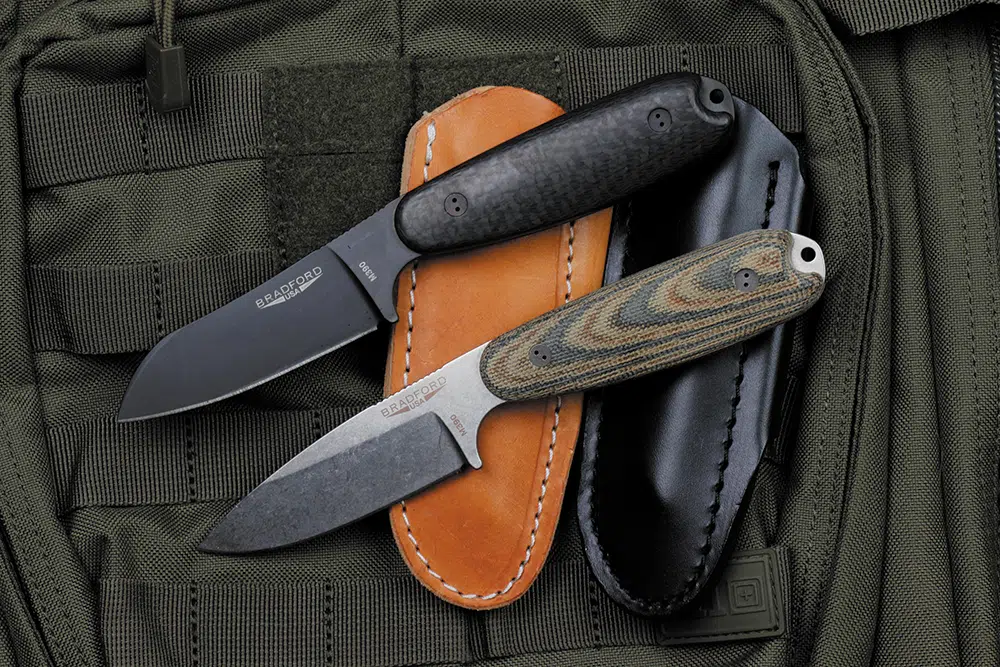As a kitchen professional, you're probably familiar with the frustrations that come with a loose handle on your kitchen tools or cabinetry. Not only does it hinder the functionality, but it can also pose safety risks. In this comprehensive guide, we will delve into the methods of tightening those wobbly handles and ensuring your kitchen remains a safe and efficient workspace.

The Importance of a Firm Handle
In a bustling kitchen environment, having a firm handle on your equipment is crucial. Whether it's the grip of a cutting tool or the knob of a drawer, stability and security in these seemingly small components can significantly impact your workflow and safety. A steadfast grip ensures precision and confidence in handling tasks, from intricate cuts to accessing stored utensils seamlessly.
Identifying Loose Handles
The first step in fixing a loose handle is identifying where the issue lies. Sometimes, the problem can be as simple as a slightly loosened screw, whereas other times, it might involve a more complex issue like stripped threads or a broken component. Regular inspections can help catch these issues early.
Common Culprits
Loose handles are often caused by frequent use, over-tightening, or simply wear and tear over time. For instance, cutting tools such as blades with nicks often exert additional force on the handle, leading to it becoming loose.
Tools and Materials Needed
Before diving into the fix, gather the necessary tools: screwdriver set, thread sealant, or wood adhesive for wooden handles, and possibly replacement screws. Ensuring you have the right tools not only saves time but also prevents further damage.
Common Tools
- Phillips and flathead screwdrivers
- Thread lock adhesive
- Replacement screws and washers
- Wood glue or epoxy
Having these tools on hand means you're prepared for anything, from polishing tasks to structural repairs.
Step-by-Step Guide to Fixing a Loose Handle
1. Tightening the Screws
Start by examining the screws. If they're visibly loose, use a suitable screwdriver to tighten them. Be cautious, as overtightening can strip the screw threads or damage the material.
2. Using Thread Sealant
For metal handles, applying a thread sealant can help secure the screws firmly. Remove the screw, apply the sealant, and then re-tighten. Allow it to cure as per the manufacturer's instructions for a lasting hold.
3. Repairing Stripped Threads
If the screw holes are stripped, consider using a larger screw or a thread repair kit. Alternatively, filling the hole with wood glue or epoxy and then re-drilling a new hole for smaller screws can restore the handle's integrity.
4. Replacing Damaged Parts
Occasionally, a loose handle can be due to broken internal parts. In such cases, replacing the damaged components is necessary. Ensure you source quality replacements to prevent recurring issues. For those handling various knife types, knowing your tools can aid in making informed decisions about replacements.
Preventative Measures
Regular Maintenance
Routine checks can prevent problems from escalating. Make it a habit to inspect handles for signs of wear or potential risks periodically.
Professional Servicing
Especially for critical kitchen operations, having a professional inspect and service your tools annually can extend their life and ensure safety. Guidance from resources like blade reviews can offer insights into durable handling techniques.
Conclusion
Fixing a loose handle is a skill every kitchen professional should master. Its not just about maintaining functionality; its about ensuring safety and efficiency in a dynamic kitchen environment. Regular maintenance and knowing when to call a professional can save time and prevent potential hazards.

FAQs
Why do handles become loose?
Handles can become loose due to frequent usage, inadequate installation, or age, which leads to wear and tear.
What materials are best for durable handles?
Stainless steel, reinforced plastic, and treated wood are robust options that provide lasting durability in kitchen environments.
Can I fix all types of handles on my own?
While many handle fixes are DIY-friendly, complex issues or unknown materials may require professional assistance to prevent further damage.
This article contains affiliate links. We may earn a commission at no extra cost to you.


























